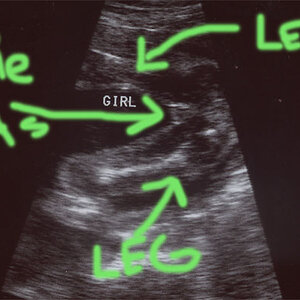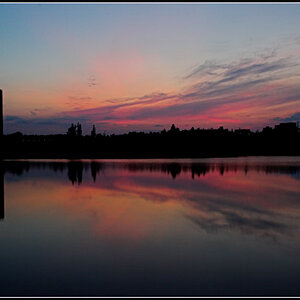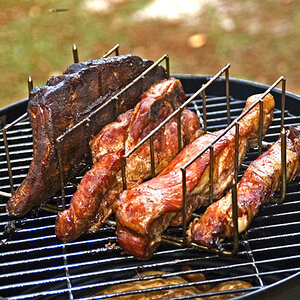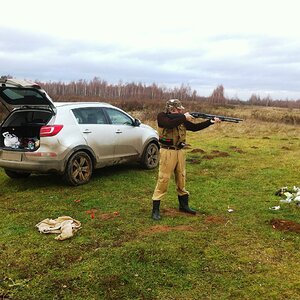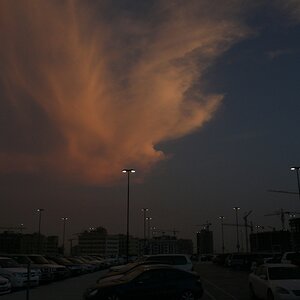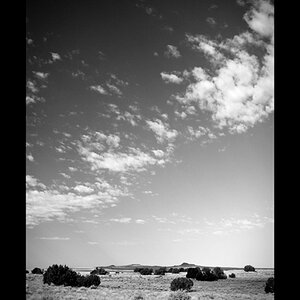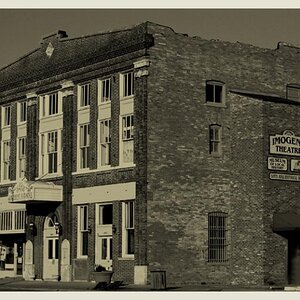Nici
TPF Noob!
- Joined
- Mar 14, 2016
- Messages
- 16
- Reaction score
- 6
- Location
- Pretoria South Africa
- Website
- www.flickr.com
- Can others edit my Photos
- Photos OK to edit
I love shooting Maro. I invested in a Sigma 105mm 1:2:8 DG Macro. I have taken some real nice shots with the lens both in Manual and AF modes. What I struggle to understand is the reading on the barrel of the lens. When I shoot it at Full setting all seems pretty much in focus. As soon as I shift the lever to .45m or to .312 - 0.45 - Infinity, I loose all focus. Mainly, I don't pretty much get the other two settings or what they should be. I have now stuck to "full" mode. Can anyone please explain to me what the other two settings are and how to use them, especially the infinity setting (.312 - 0.45m) as I would love to get the full advantage of the lens.
Thanx
Thanx


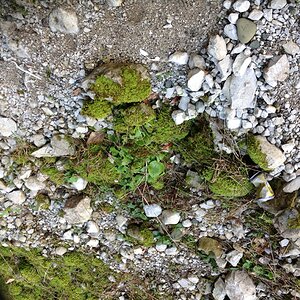
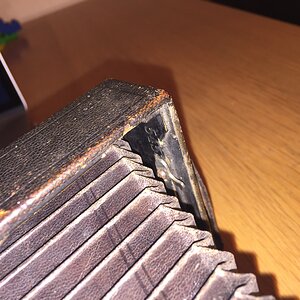
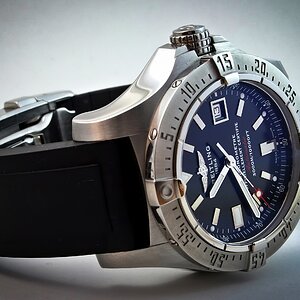
![[No title]](/data/xfmg/thumbnail/37/37603-739c5d9b541a083a12f2f30e45ca2b7b.jpg?1619738147)
